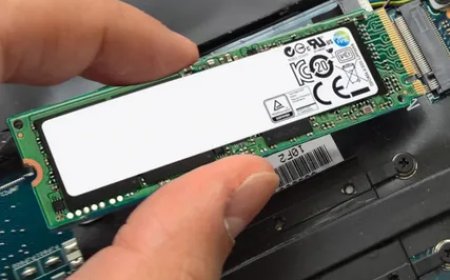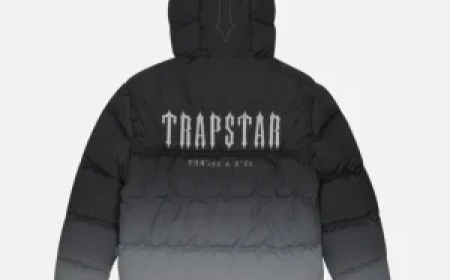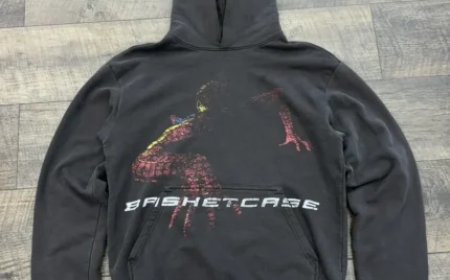How Chenille Digitizing Adds Texture and Luxury to Designs
Chenille digitizing turns embroidery into a tactile, plush experience. Learn how this technique brings vintage charm and bold texture to modern designs.
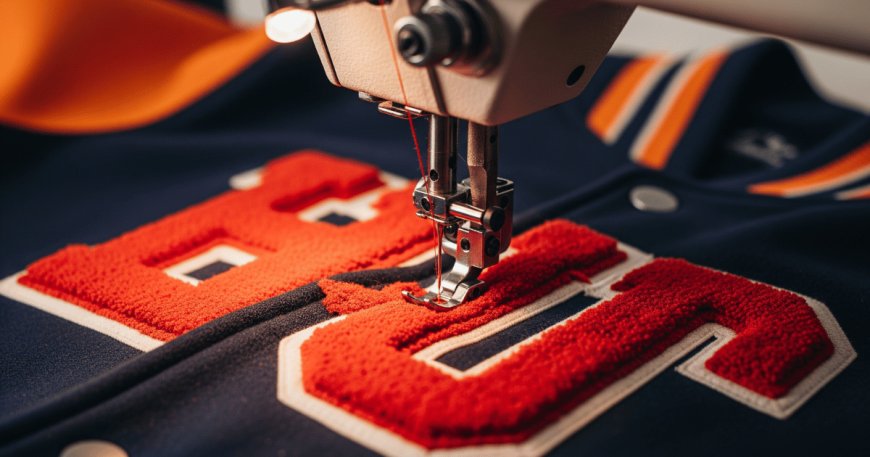
Some designs dont just catch the eye, they invite touch. Think of the soft letters on varsity jackets or the plush texture on retro emblems. That nostalgic, elevated look is created through a technique called chenille embroidery, and behind every perfect stitch is a precise digital blueprint known as chenille digitizing.
As apparel trends cycle back toward texture, personality, and bold aesthetics, chenille digitizing is making a strong comeback, and not just in school apparel.
What Is Chenille Digitizing?
Chenille digitizing is the process of converting a design into a file format that tells an embroidery machine how to create raised, wool-like textures using chain or loop stitches. These stitches create the fuzzy, velvet-like surface that chenille is known for.
Unlike traditional embroidery, which relies on tight, flat threadwork, chenille brings volume and tactile impact to logos, letters, and designs.
Why Chenille Stands Out in Embroidery
Chenille isnt new, its a vintage technique with a rich history. But modern digitizing and multi-head machines have made it accessible beyond letterman jackets. Heres what sets it apart:
-
Textured Appeal: The plush finish offers a tactile experience.
-
Bold Visibility: Designs pop from a distance due to depth and material.
-
Durable Stitching: Especially effective on heavy-duty garments and patches.
-
Perfect for Letters & Logos: Ideal for monograms, initials, and retro branding.
Designers now use chenille embroidery in streetwear, high fashion, sports apparel, and promotional merchandise, blending nostalgic appeal with contemporary edge.
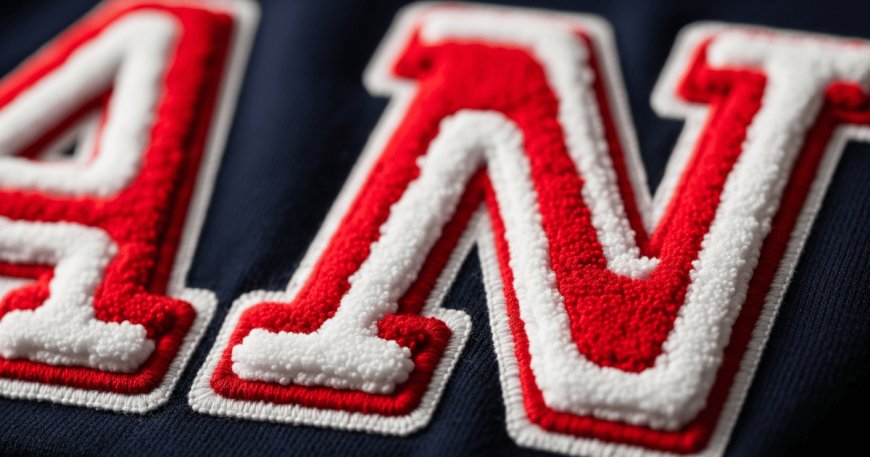
Chenille vs. Traditional Embroidery
| Feature | Traditional Embroidery | Chenille Embroidery |
|---|---|---|
| Texture | Flat | Raised, plush |
| Common Use | Logos, detail-heavy designs | Monograms, bold patches |
| Thread Type | Rayon/Polyester | Wool/Acrylic yarn |
| Stitch Style | Satin, fill, run | Chain, loop |
| Visual Impact | Subtle | Bold and attention-grabbing |
Each has its place, but for volume and texture, chenille takes the spotlight.
The Chenille Digitizing Process
Creating chenille embroidery starts with strong digitizing. Its not just about converting a file, its about translating artistic vision into machine commands.
A digitizer will:
-
Define stitch types (chain or loop)
-
Create walk paths that maintain thread tension
-
Simplify shapes for clean, bold results
-
Set layering rules for multiple colors or textures
-
Ensure the file works with chenille-compatible machines
This process requires a unique skill set, as chenille embroidery behaves differently from standard threadwork.
Best Applications of Chenille Embroidery
-
Varsity Jackets: The classic use case for chenille patches.
-
Streetwear: Hoodies, sweatshirts, and caps that embrace bold visuals.
-
Corporate Apparel: For brands seeking vintage-meets-premium design.
-
Event Merchandise: Textured giveaways or exclusive patches.
-
Team Gear: Letters, mascots, or numbers with high impact.
Common Challenges in Chenille Digitizing
1. Overcomplicated Designs
Chenille isn't great for small, intricate details. A good digitizer simplifies artwork to retain clarity.
2. Incorrect Stitch Length
Improper stitch length can flatten the texture or create gaps. Custom tuning solves this.
3. Machine Compatibility
Not all embroidery machines can handle chenille settings. Digitizers must know the equipment being used.
Why Choose a Professional Digitizing Service?
Custom chenille digitizing isnt something to leave to automated software. Professional services offer:
-
Clean, machine-ready files
-
Support for multiple formats (DST, EMB, EXP, etc.)
-
Quick turnaround with expert revisions
-
Optimization for foam usage or fabric types
-
Reduced thread waste and breakage
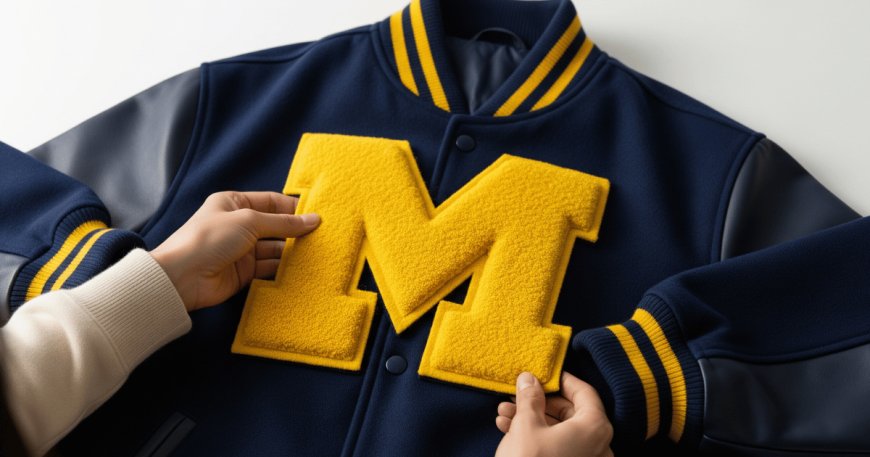
The Rise of Tactile Branding in Fashion
Modern consumers crave more than just visual appeal, they want touchable, textural experiences. According to a 2023 report from Fashion United, demand for tactile apparel decoration like chenille and 3D embroidery has increased by over 22% in the last two years.
Chenille hits the mark for both nostalgia and uniqueness. Whether for limited-edition merch or everyday wear, it offers a fresh, bold way to display branding.
Conclusion
Chenille digitizing isnt just about embroidery, its about creating memorable, standout impressions through texture and volume. Whether you're designing team gear, fashion pieces, or brand apparel, chenille brings boldness, personality, and professionalism to every stitch.
Is your design ready to be brought to life in rich, plush embroidery?










